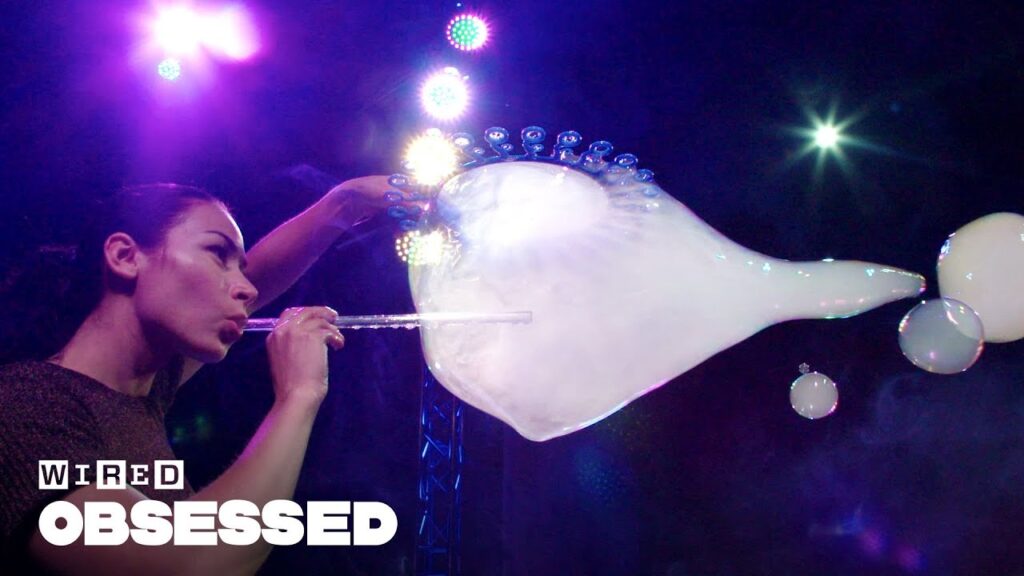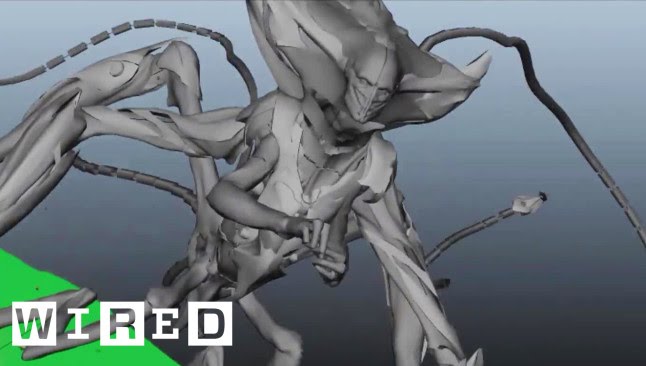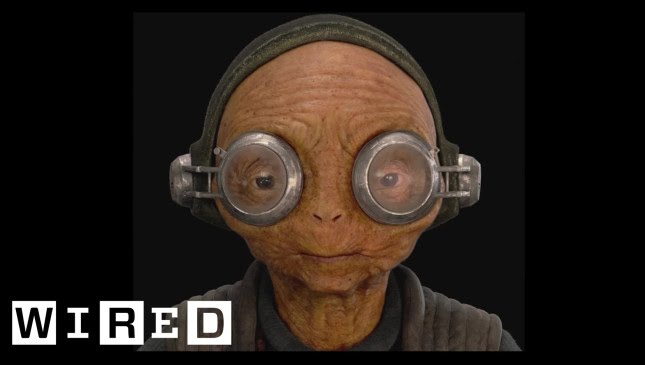The Evolution of FIFA Animation: A Look at Hypermotion Technology
Summary:
In this article, we explore the evolution of FIFA animation and how hypermotion technology has revolutionized the game. We go back to where it all began in 1993 and how the game has evolved over the years with the introduction of motion capture and unique facial modeling. We also dive into hypermotion, a new technology that captures animation from real football matches using XSEN suits, machine learning algorithms, and millions of data points. We discuss how the technology works and the impact it has on FIFA animation, making it more authentic, fluid, and varied. Additionally, we look at how developers captured a women’s match for the first time and how the technology could benefit other industries.
Table of Contents:
- The Evolution of FIFA Animation
- The Introduction of Motion Capture
- Facials Modeling and PS2: A Milestone
- Hypermotion Technology: A Complete Overhaul
- How Does the Machine Learning Algorithm Work?
- Nuanced Differences and More Personality in the Game
- Exaggeration and Stylization to Avoid the Uncanny Valley
- Women’s FIFA and Signature Run Styles
- Other Industries That Could Benefit from Hypermotion
The Evolution of FIFA Animation:
As Kanch, Game Design Director on the FIFA team says, the first FIFA was released in 1993, which introduced the isometric view to 2D games. However, the animation was based on an animator hand-keying individual frames of animation rather than motion capture technology that arrived later on. Over the years, the game’s animation kept improving, and more polygon lines were added to make the players look more real.
The Introduction of Motion Capture:
In 1998, French football player David Ginola acted out motion capture for the game, which was the birth of the first 3D virtual football players. The animation remained the same until FIFA 2000, when designers sought to give players real emotions, adding more personality to the game.
Facial Modeling and PS2: A Milestone:
The PS2 was a milestone for FIFA 2004, with the hardware having ten times the processing speed of the PS. This allowed animators to give players unique faces, making the game look more realistic.
Hypermotion Technology: A Complete Overhaul:
Hypermotion is EA’s groundbreaking technology in FIFA 22 that captures animation from real football matches using XSEN suits, machine learning algorithms, and millions of data points. It provides a more authentic feel to the game, making everything more fluid, from the way female players move, dribble, sprint, and score goals.
How Does the Machine Learning Algorithm Work?
The machine learning algorithm uses XSEN suits to detect what is a jockey motion. It’s got to be low to the ground and crouched. This data feeds into the system so that it understands the jockey motions that players make while playing competitively in a real 90-minute match of football.
Nuanced Differences and More Personality in the Game:
Hypermotion technology adds accelerated features for players to have more nuanced differences than before. This includes different archetypes for different players to mimic how they accelerate in real life. Animators were able to add more personality to the game, players can turn more quickly to get past defenders, and every step they make makes sense.
Exaggeration and Stylization to Avoid the Uncanny Valley:
The game’s animation is kept deliberately stylized and exaggerated to avoid the uncanny valley, where a fake human looks so realistic but slightly off-putting. The game is looking more like real football than ever.
Women’s FIFA and Signature Run Styles:
With the introduction of women’s football in FIFA 16, developers captured two women’s professional teams’ data, making the game look more authentic. The game now has signature run styles for female athletes, making it feel like real life.
Other Industries That Could Benefit from Hypermotion:
Hypermotion technology can be used for films and any other situations where natural, authentic movement is needed.
Conclusion:
Hypermotion technology in FIFA 22 captures real football moves, creating more authentic and fluid gameplay. The technology’s machine learning algorithm understands players’ motions, producing real-time animations that look like real professional footballer jockeying and other plays. The introduction of women’s football players’ data and signature run styles makes FIFA 22 feel like real life. Hypermotion technology can benefit other industries that require natural, authentic movement.





